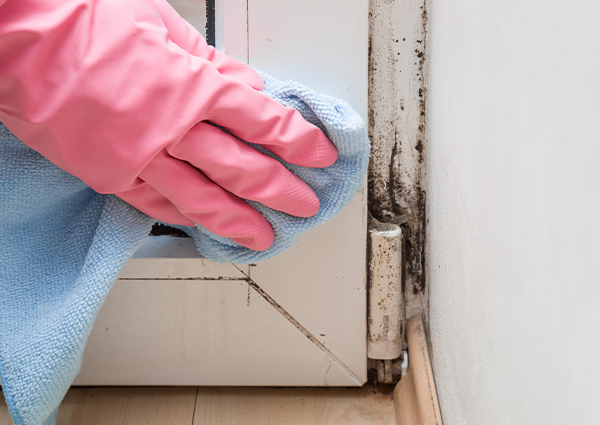
How to Reduce Mold Allergies
One in five people have environmental allergies to things like pollen, animal dander or saliva, dust, cockroaches or mold. Mold is an indoor/outdoor allergen that isn’t limited to a hay fever season.
Symptoms of Allergy to Mold
- Sneezing
- Runny or stuffy nose
- Post-nasal drip
- Itchy eyes, nose and/or throat
- Watery eyes
- Dry, scaly skin
Often those with allergies will also have asthma. If exposed to mold spores, they may have shortness of breath, chest tightness, coughing and wheezing.
Diagnosing Mold Allergies
To diagnose a mold allergy, a physician will often do a skin prick test, where tiny punctures of diluted amounts of suspected allergens are applied to the back or an arm. Or sometimes a blood test is used. This blood test measures antibodies in blood and sensitivity to special types of mold.
Treatment
The best course of action is to avoid exposure to mold. Corticosteroids, decongestants or antihistamines, either oral or nasal, are typical medications used to treat allergy symptoms. Immunotherapy (allergy shots) is another option.
Lifestyle Approach to Avoid Mold Allergy
- Use nasal lavage (neti pot) to keep nose free of allergens and irritants.
- Sleep with windows closed to keep mold out. Mold is worse at night.
- Keep indoor humidity below 50%.
- Wear a dust mask while doing work in the yard.
- Avoid outdoors when mold counts are high, often during damp weather.
- Check basement for areas likely to be damp and address any leaks. Keep storage items in airtight waterproof containers. Chose linoleum or concrete flooring.
- Use HEPA air filter on air-conditioner.
- Keep dryer vent cleaned out.
- Use a dehumidifier and maintain 35 to 50 percent level. (Hardware stores carry them.)
- Keep bathroom and kitchen clean and free of mildew. Use bleach, soap and water to address any mold or mildew.
- Also check other spots in your home like the refrigerator drip pan, door seals and garbage cans.
- Keep area around outside of house clear of debris; keep leaves swept and drain rainwater away from house.
- Avoid carpet on floors if possible.
- Check windows for condensation.
- Remove clothing from washers promptly.
- Don’t keep stacks of newspapers, old books or clothing.
- Use fans and improve airflow in home by keeping interior doors open.
- Keep furniture away from walls.
Mold Season
While mold allergy season peaks from July to early autumn, mold can be a problem year-round. Some spores travel in dry, windy conditions while others in damp, humid air. See your physician or a specialist to address allergies so you can breathe easy!




